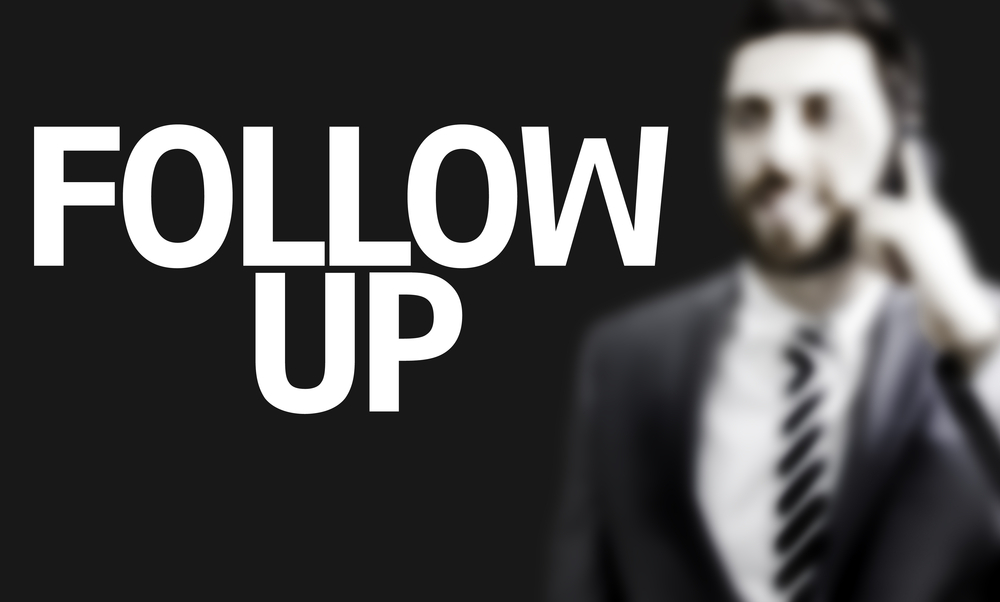-
Digital Marketing
We help you to use your digital potential. For a strong positioning, more visibility and more leads.
Get Growth ready
With the BEE.Transformance model, we bring continuous and profitable growth to your company. A new mindset for your team.
Industries
We transform your challenges into opportunities through the experience we have gained from projects in these industries.
-
HubSpot Services
As a HubSpot Diamond Partner, we help you implement your digital growth strategy with a focus on performance - by implementing and integrating new and existing systems as well as 3rd party apps.
HubSpot Thought Leader
As a HubSpot Diamond Partner with +50 certifications, host of the HubSpot User Group Zurich, HubSpot Trainer and HuSpot User Champions, you have access to in-depth HubSpot expertise.
HubSpot Solutions
The BEE.Theme offers you more creative freedom than any other theme on the market. Whether you're a beginner or a professional, a creative mind or a digital agency - with the BEE theme, you can easily unleash the maximum power for your pages in HubSpot CMS.
-
BEE.Blog
Knowledge around digital marketing, digital sales, technology, data intelligence and employees.
Knowledge Base
Pure knowledge: everything essential concentrated, compact, digitally prepared for you and ready to download.
What is inbound?
The most effective way to successfully combine digital marketing and digital sales.
-
BEE.Team
The BEE.Performers: many different characters - with one thing in common: the fascination for a digital world.
References
More than 100 large and small companies have already started with BEE: to more visibility, more performance, more growth.
Invest
Participate in the growth of BEE and become part of the BEE Growth Story by purchasing Digital Share Tokens.
We're hiring
Become a BEE.Performer! Are you ready for your own transformation?
Sales Cycle: How to increase your closing rate
A slump in sales is frustrating and worrying. But there are several practical and valuable conversion opportunities that your business will miss if the sales process is not optimised.
Many companies are either still engaging in outdated outbound practices, or they're not going deep enough into their content strategy and metrics to identify the areas that could quickly be improved.
There are many reasons why a lead may decide not to purchase from you:
- No interest in the product or service.
- The offer seems too good to be true.
- It's difficult to make a decision because of the price or commitment level required.
- No distinguishable characteristics from competitors' offerings.
- No time to go through your current buyer's journey.
Did you know that many of these obstacles can be removed by applying inbound best practices to your digital marketing and sales strategy? You can equip your sales team with the tools, processes and resources necessary to warm up leads and make them purchase ready. Let us show you how...
Build the relationship and shorten the sales cycle
When it comes to spending our hard-earned cash, we need reassurance that we will receive value for money or, at the very least, that the purchase meets our expectations. If something in your sales process is preventing your customers from trusting your advertising or your sales pitch, it's going to take a while to win them over – if you win them over at all.
All good relationships are built on trust, and the sooner you establish yourself as a credible source of information and a reliable brand, the faster your leads will start warming up and converting.
The essential steps to building a trust-based relationship:
- Only target buyers who meet your buyer persona criteria.
- Structure and align your content with your sales funnel and buyer's journey.
- Observe how leads interact with your website and what content they engage with.
- Have a personalised approach when contacting customers.
- Follow up when you say you will.
- Share social proof, ask your existing customer for reviews, and publish case studies.
Tackle the objections without delay
If your lead has objections, that's okay. It means they are considering your offering and weighing up the pros and cons. If you leave certain questions unanswered or you don't show them how their perceived obstacle can be removed, you'll end up wasting valuable time.
Answer the questions they have from the get-go; don't make your proposal a grand and mysterious revelation that only addresses the issues at the end. The sooner you quell their reservations, the faster your lead will start to feel comfortable about purchasing from you. Understanding your lead's pain points goes hand in hand with understanding their objections. They want reassurance that your product or service will fully satisfy their needs; by encouraging questions and presenting satisfying answers, you will move the prospect through the sales funnel faster.
Prepare your talking points before contacting the customer
Inbound marketing encourages natural and free-flowing conversations between salespeople and customers. Personalised interactions are what helps to build authentic and longlasting relationships, but all of that can be compromised when there is no structure to the conversation.
Salespeople should equip themselves with all the necessary information about the customer and have some key points to cover before picking up the phone or scheduling the appointment. Knowing the outcomes you'd like to achieve with the interaction and having a solid plan for how you're going to help the customer accomplish their own goals will make the exchange worthwhile for both parties. Knowing your own weaknesses and preparing answers to any anticipated objections will make the interaction more valuable for both you and the lead.
Tips for a successful sales chat:
- Have a rough outline or a script of the important points you'd like to get across.
- Ask questions and carefully listen to the answer your lead gives – don't simply dive in with your sales pitch.
- Use language and wording that's appropriate for your audience.
- Answer their questions, even the more challenging ones, honestly and openly.
- Don't give misleading or generalised quotes.
- Don't push the conversation if the lead isn't ready or if they don't seem to be aligning with your buyer persona outline.
- Be knowledgeable and resourceful when talking about our product or service.
Organise your content
Having a central repository where all of your available content can be accessed by salespeople and customers is essential for an effective sales cycle.
By collaborating with the marketing team and selecting a content management system (CMS) that facilitates easy uploading and sharing of content to your website, you can make the educational process for the customer much easier. This will also enable the salesperson to guide and refer the customer to all the relevant information they need to make a purchasing decision.
This content needs to be organised in a way that gently nudges the lead along the sales funnel and helps to build up their understanding and positive perception of your brand. You can also set up a special learning center or chatbot that deals with frequently asked questions when your team is offline.
Simplify the buying process
The buying process is unique to each business and industry. Even if you've built up trust and made your value proposition clear and desirable, a higher price point or a complicate product integration that requires a significant commitment from the buyer may spark a little reluctance.
A great way to gradually onboard your lead would be to offer a free trial and allow them to buy a basic version of the product. Once the customer can see and experience the great features for themselves, they'll feel more comfortable with making the bigger investment or buying other components of your product or service.
The Sales Cycle-Kick: Study the data
If you're not observing how your buyers interact with your website, you will miss out on key opportunities to convert. Creating educational content such as videos, blogs, and case studies is fantastic, but you must track performance and review which content, in particular, is getting your targeted buyer's attention.
A customer relationship management (CRM) tool like HubSpot can help your sales team observe how leads are interacting with the content. For example, by noticing that a lead has read an awareness stage blog (referring to the top level of the sales funnel), the salesperson can discern that the customer can now receive more consideration stage content. If a prospect is showing interest in a particular service or product, this information will help the salesperson to steer the conversation in the direction that's relevant to their needs.
By taking all of these steps, you are gradually and consistently warming the lead up and helping them to make the best purchasing decision for themselves and their requirements, this, in turn, simplifies and speeds up the final process where the sale occurs.
Are you ready to transform your sales cycle into an effective conversion machine? Our team of experts can evaluate your current strategy and processes and help your salespeople to smash their sales targets. To start learning more about sales, take a look at our Sales Enablement Service.
Comment
Related Posts

Sales Follow Up: Call or email?
Lanny Heiz | 3 Jun 2021
You've got the perfect lead; they fit your buyer persona criteria, they've taken some of the desired actions on your website, and so far, they've ticked all the right ...
reading time: 8min
Zum Blog

What is Growth Marketing?
Florian Schneider | 1 Jul 2021
In the past, marketers would invest most of their energy and resources in mass media campaigns that mainly targeted a top-of-the-funnel audience through a select number ...
reading time: 6min
Zum Blog

How Many Team Members do I Need to Train for my HubSpot Software?
Dominik Brunner | 1 Apr 2021
So, you've decided to use the world's leading all-in-one marketing, sales and service software for your business. Great move! HubSpot is more than just a tool, it's an ...
reading time: 7min
Zum Blog
